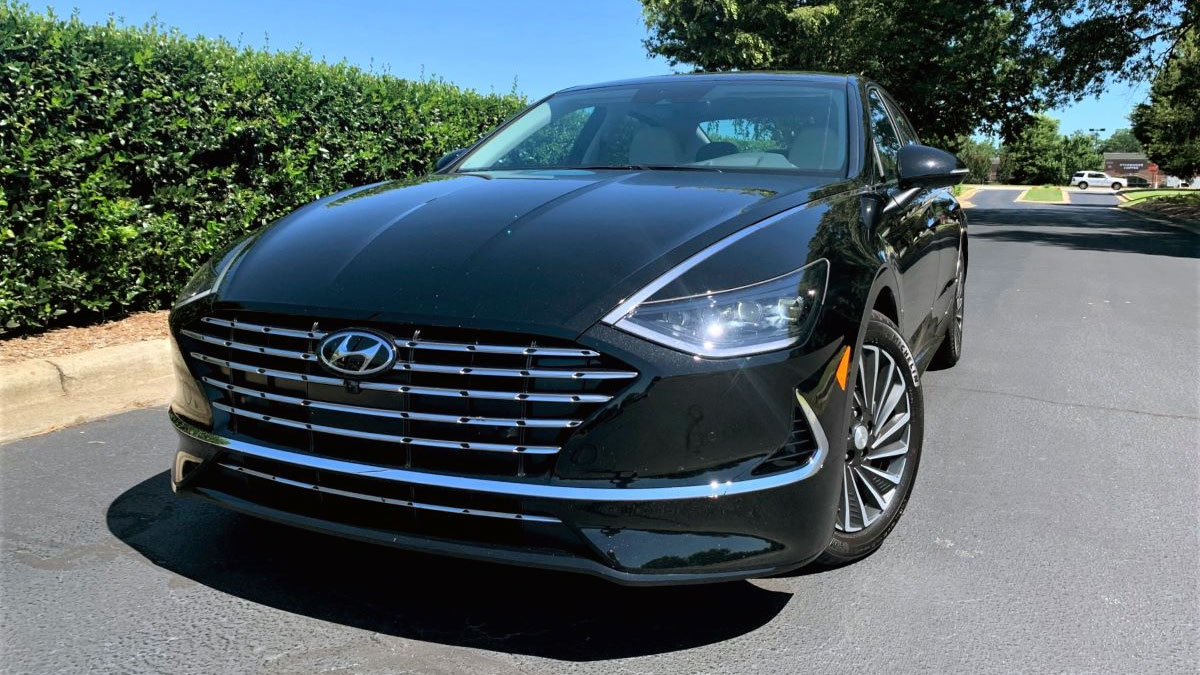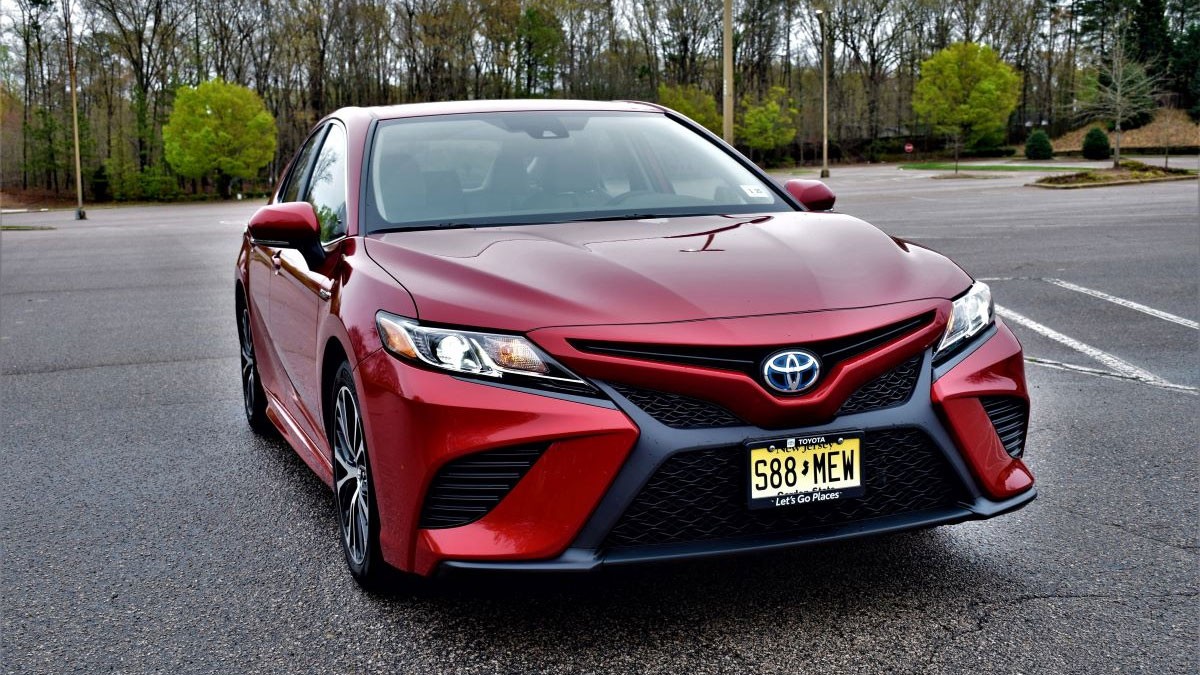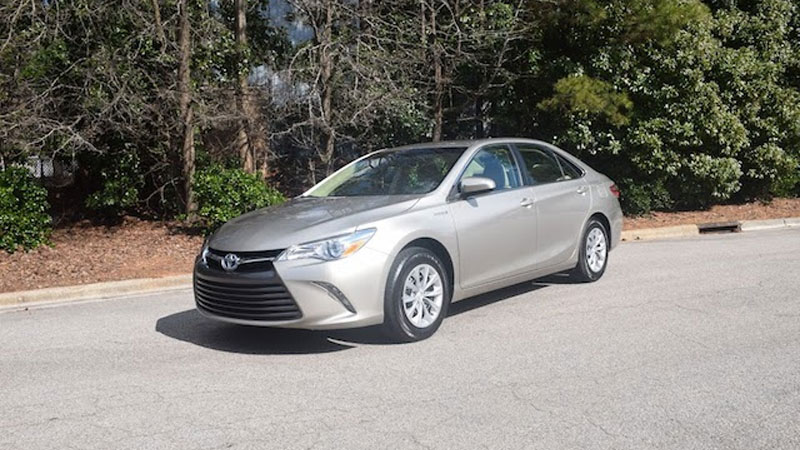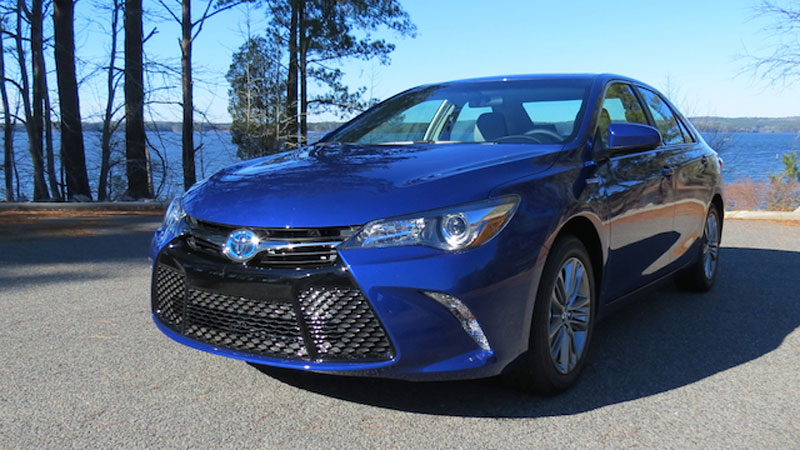2020 Hyundai Sonata Hybrid (All-New and More Efficient)
The 2020 Sonata Hybrid sedan is all new and more efficient than ever. Just months after releasing an all-new Sonata sedan, Hyundai follows with a gas-electric version, best known as the Sonata Hybrid. Visually, this adaptation is closely related to the standard model, but it is the hybrid drivetrain that … Read more




